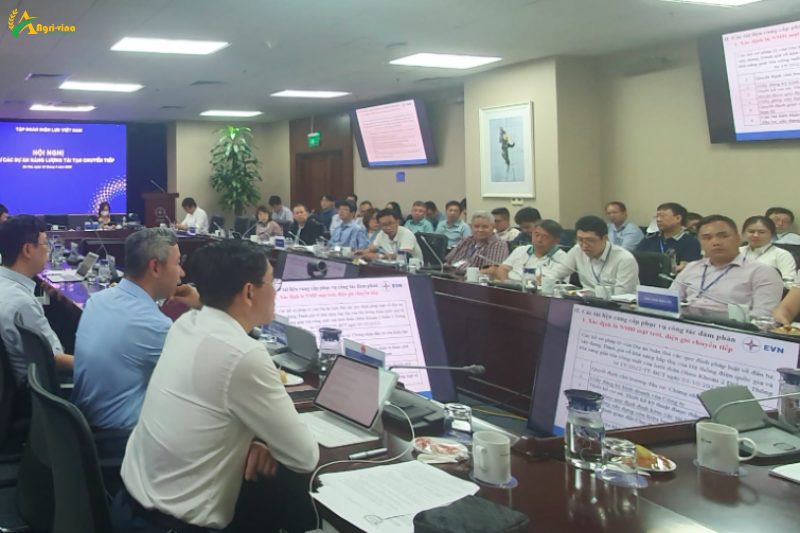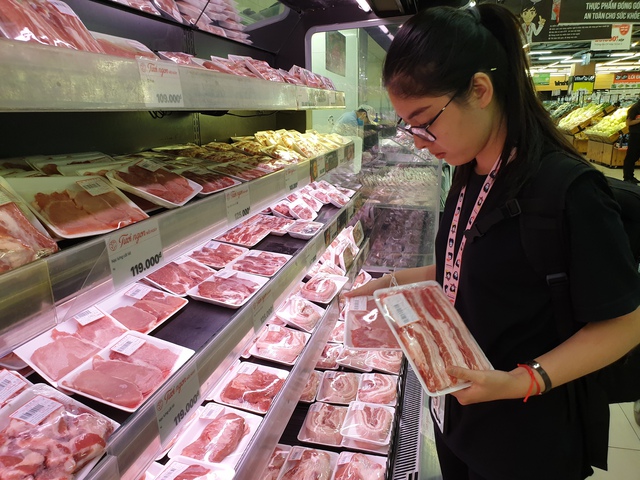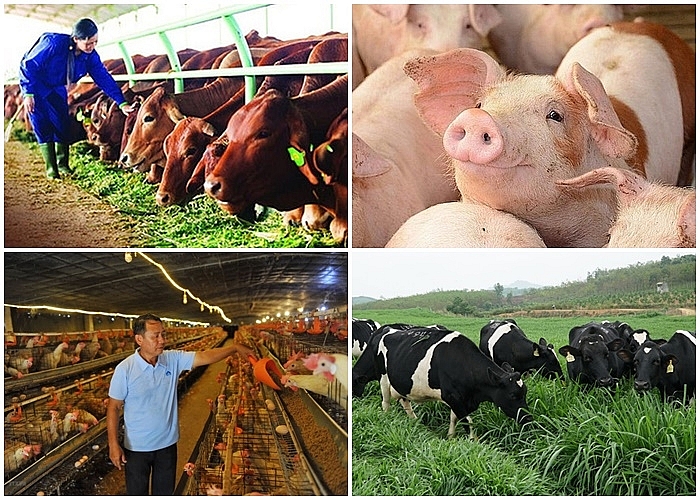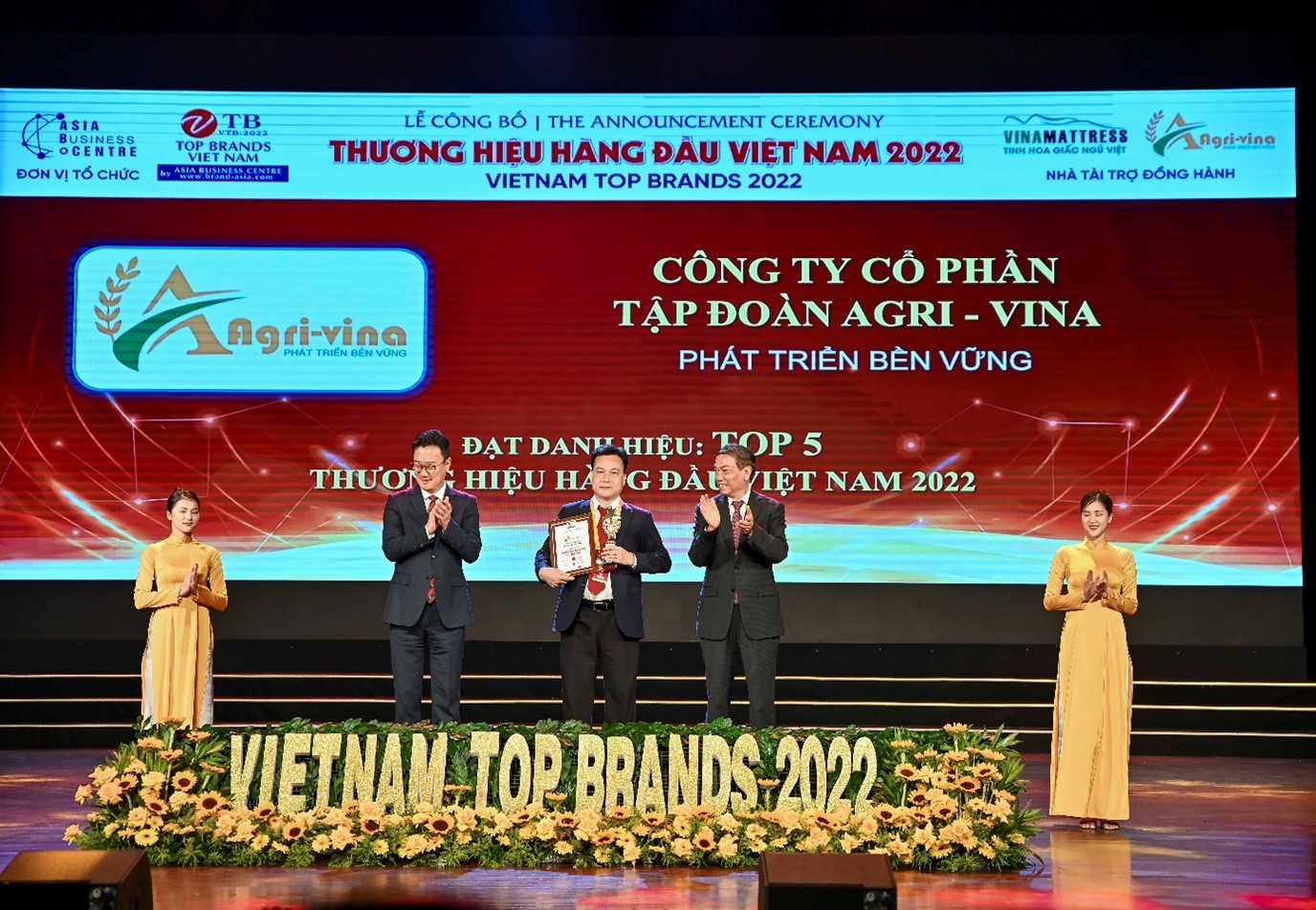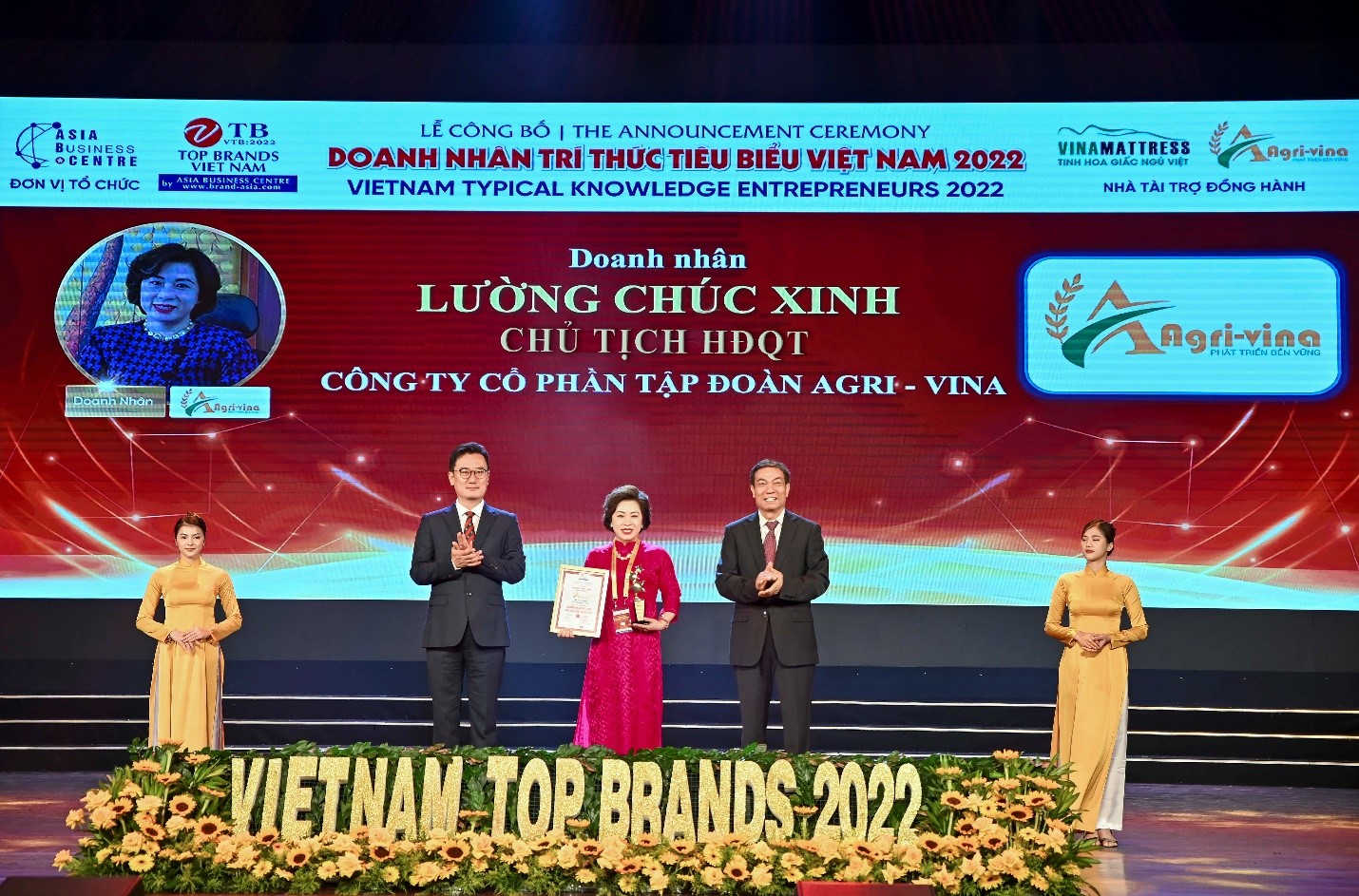- agrivina999@gmail.com
- No. 152 Thuy Khue, Tay Ho District, Hanoi City, Vietnam
News
Building smart agriculture
Agricultural digitization applications are diverse, including leveraging large amounts of data from agricultural equipment, soil, weather, seeds and chemicals, using modern computer science to drive automation. farming, traceability of agricultural products...
Many agricultural enterprises have applied digital technology in production control and management. Just in the past few days, the agriculture industry has also witnessed many events showing digital transformation in agribusiness.
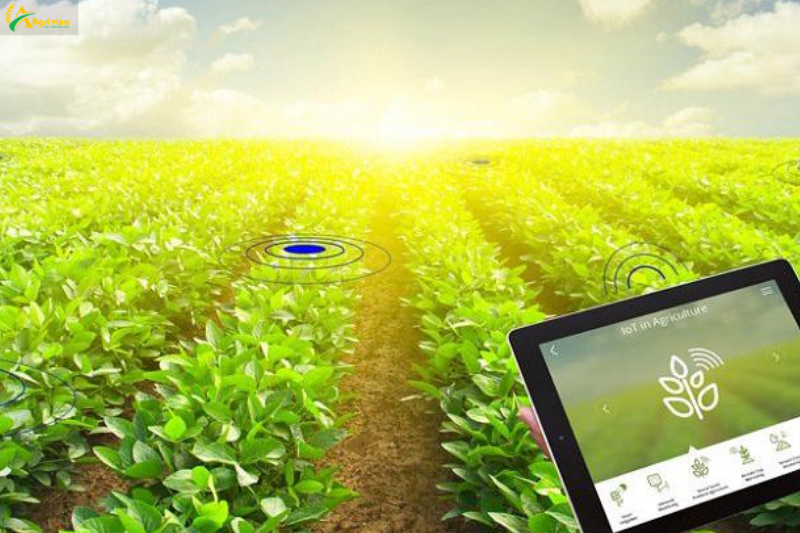
MULTIPLE UNITS ACTIVE DIGITAL CONVERTER
On November 4, 2020 in An Giang, VNPT Group and Loc Troi Group signed an agreement towards the goal of national digital transformation and emphasized that agriculture is one of eight areas that need to be prioritized for rapid and rapid transformation. quickly turn the agricultural sector into a spearhead economy through the application of AI (artificial intelligence) technology in the smart agriculture development strategy.
According to the leader of Loc Troi Group, only transformation will help our country's agricultural industry create a competitive advantage to join the global agricultural product chain. In recent years, Loc Troi has been particularly active in applying advanced scientific and technological solutions to the value chain of sustainable agricultural development. The cooperation between Loc Troi Group and VNPT Group is an opportunity for each party to promote their existing strengths, pilot models and digital solutions for the agricultural sector, especially smart agriculture applying AI technology. . Since then, it has been effectively replicated and implemented in order to contribute to the sustainable development of Vietnam's agricultural sector.
On November 5, 2020, Phuc Sinh Group - a large agricultural export enterprise in Vietnam launched the KPHUCSINH Website and Mobile App interface. This is an important piece of Phuc Sinh Group's strategy to become a leading agri-retailer in the field of e-commerce in Vietnam.
KPHUCSINH application is now available on both popular operating systems iOS and Android. When downloading the KPHUCSINH APP, customers can easily shop and order key products directly produced by Phuc Sinh, which are KCoffee and KPepper. In addition, in the e-commerce retail strategy, Phuc Sinh Consumer has connected with hundreds of large manufacturers, sellers, distributors and directly importers to diversify items on the same KPHUCSINH app. service life, meet the needs of consumers to the fullest.
The Asia Foundation is also implementing a project with financial support from the Australian Government, which is the project "Support for commodity traceability and export development". This project, implemented in 2020 and 2021, will support cooperatives and businesses to build sales applications and websites using augmented reality (AR) and artificial intelligence (AI). . At the same time, support to participate in domestic and international fairs. The project started with 5 potential export groups of Vietnam including coffee, pepper, mango, ceramics and bamboo and rattan products. On the basis of the above commodity groups, the project will also propose to deploy up to 13 main export agricultural product lines of Vietnam.
Mr. Vo Thanh Ngoan, Deputy Director of the Department of Agriculture and Rural Development of Dong Thap province, said that over the past time, Dong Thap has applied a number of smart technologies in agricultural production. Thereby helping to reduce labor, rice production costs, improve productivity, product quality, have stable output, increase income for people, create quality raw material areas.
In the livestock sector, Dong Thap has deployed the application of VAHIS online disease reporting software in disease reporting in livestock herds; application of Quantum GIS software in analyzing and assessing disease situation in livestock herds, building epidemiological maps as a basis for advising on disease prevention and control measures throughout the province.
Implementing the program to improve the quality of pangasius seed, from 2016 to now, the whole province has 13 pangasius hatcheries that have received genetically improved broodstock from the Aquaculture Research Institute 2. with the number of 21,610 children with management (chips). Up to now, this pangasius group has produced nearly 30 billion fry to supply to the market. Applying information technology in promoting agricultural products through the business model of "My mango tree", "My garden's orange tree" has helped farmers in Dong Thap effectively approach many new customer segments, helping increase the value of fruit trees...
MANY DIGITAL TECHNOLOGY APPLICATIONS IN AGRICULTURE
In agricultural production, the most innovative part of digital transformation is the ability to use artificial intelligence (AI) in data mining and analysis to forecast trends as well as warn unusual situations, helping people Producers can make decisions even before the start of the season.
Before the harvest, digital technology helps businesses select plant varieties and inputs, assist with credit and insurance, weather advice and support related to diseases and pests through data generation. Further analysis aims to enable farmers to make smart decisions about farming and benefit from the economical use of inputs and labor.
The AI system can also predict which traits and genes are best for crop production based on soil and climate characteristics. IoT applications in agriculture have great potential. Sensors placed in fields along with image recognition technology allow farmers to see their crops anywhere in the world. Sensors give farmers real-time updates so they make the right changes to their crops.
Many agricultural enterprises in Vietnam have applied robots in agriculture which can improve efficiency, leading to higher and faster productivity. In particular, unmanned aerial vehicles (UAVs) used by many businesses and cooperatives to spray pesticides can significantly reduce the use of live labor. Around the world, robotics and drone technology is developing very quickly. When farmers work in fields of dozens of acres, the only way to watch from an airplane is to keep an eye on their farm.
Drones are being used to monitor crops widely across the US. This device produces three-dimensional images to predict soil quality, through analysis and modeling of crops on the farm. Several companies are experimenting with guiding the robot with lasers and cameras to identify and weed without human intervention.
One of the most widespread applications of digital technology in agriculture today is product traceability. Due to requirements on food safety and quality of agricultural products, businesses and cooperatives must comply with transparency of information and product origin. Currently, the means of electronic traceability of agricultural products such as QRCode, blockchain... Now, when buying and using agricultural products and food, consumers are not only interested in product design, quality, but they also need to know where the raw materials come from, the manufacturing process...
Traceability stamps not only help consumers know clearly the information about agricultural products and foods that they buy and consume, but also help businesses trace consumers. When consumers buy a product and they scan the access stamp with their phone to read the information they are interested in, the manufacturer also knows information such as where the user is, what kind of consumption habits are there. any...
Collecting information and analyzing consumer behavior helps manufacturers to retrace consumer information and come up with a better strategy to reach customers. Currently, on many sales websites that use artificial intelligence integration, when consumers click on the manufacturer's website, they can know information such as how long the consumer watches this product, how long they from where and when. From there, come up with a marketing program that is suitable for the target audience.




